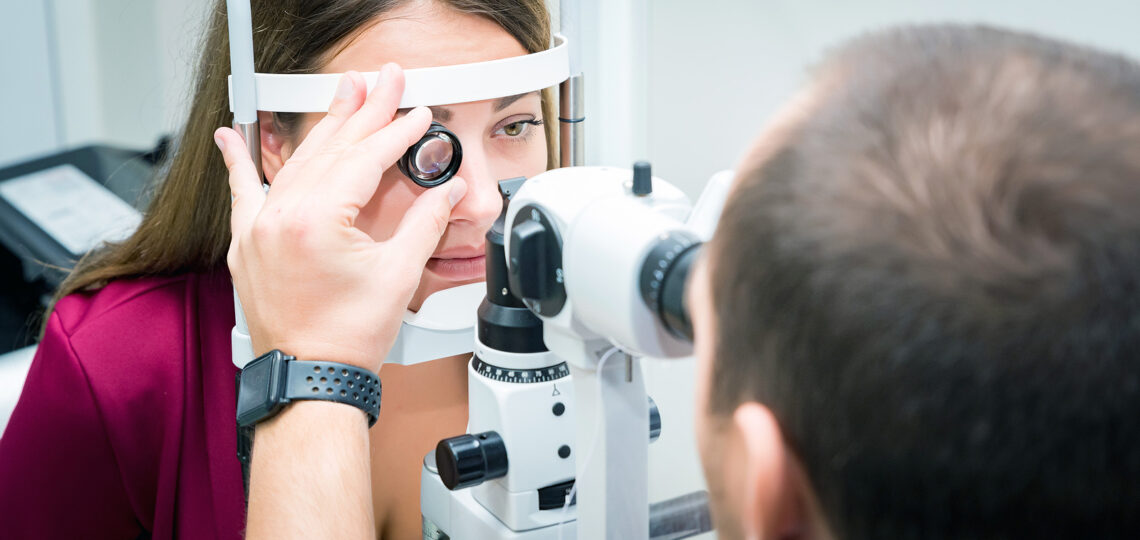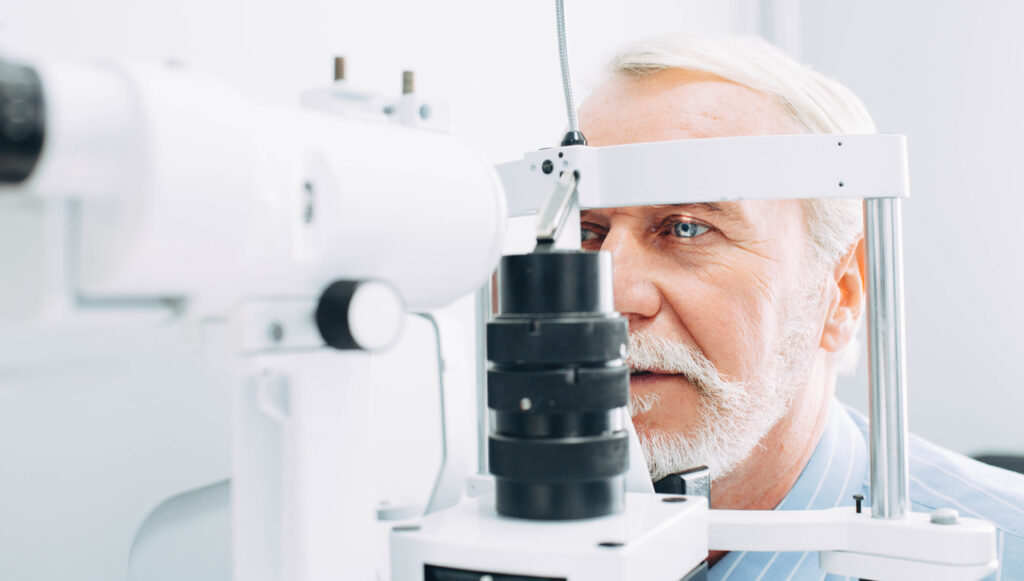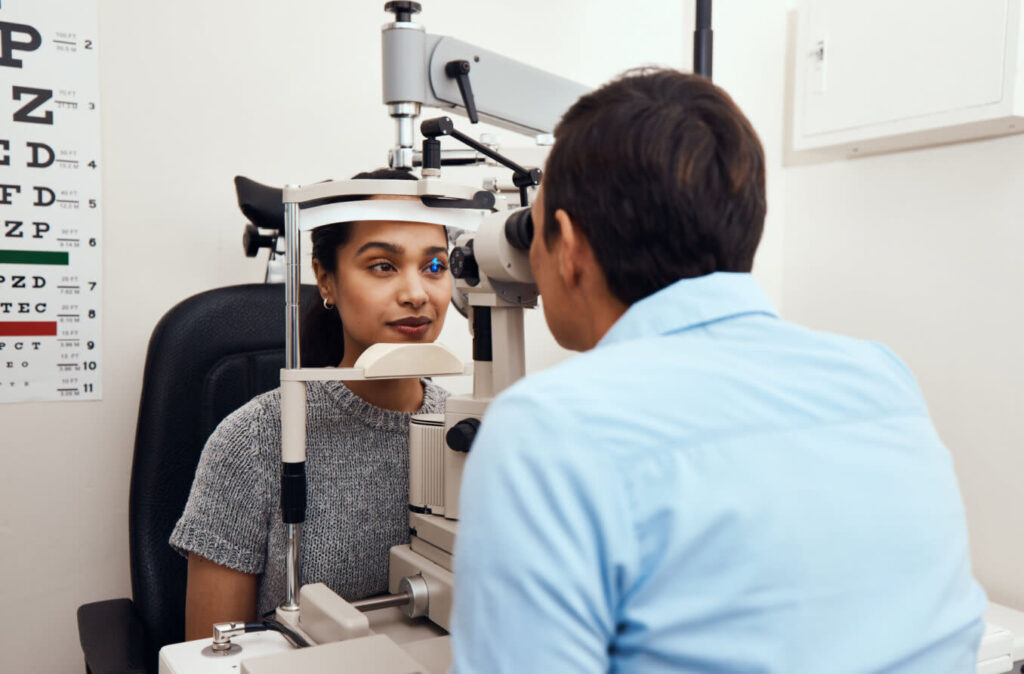
The Importance of Regular Eye Tests for Glaucoma Detection
Regular eye tests are an essential part of maintaining good eye health and detecting potential vision problems early on. One such condition that can be detected through regular eye tests is glaucoma. Glaucoma is often referred to as a silent threat to vision because it can develop without any noticeable symptoms in its early stages. Understanding glaucoma and the importance of regular eye tests is crucial in preventing irreversible vision loss.
Understanding Glaucoma: A Silent Threat to Vision
Eye Tests Glaucoma is a group of eye conditions that damage the optic nerve, which is responsible for transmitting visual signals from the eye to the brain. If left untreated, glaucoma can lead to permanent vision loss and even blindness. It typically occurs when the fluid pressure inside the eye increases, causing damage to the optic nerve fibers.
What is Glaucoma?
Glaucoma is an eye disease that affects the optic nerve. It can occur when the fluid pressure inside the eye, called intraocular pressure, becomes too high. This can damage the optic nerve and cause vision loss. There are several different types of glaucoma, but the most common is primary open-angle glaucoma.

The Different Types of Glaucoma
Glaucoma can be categorized into several types, including primary open-angle glaucoma, angle-closure glaucoma, normal-tension glaucoma, and congenital glaucoma. Each type has its own unique characteristics and potential risk factors. Regular eye tests can help detect any signs of glaucoma and determine the most appropriate treatment plan.
The Risk Factors Associated with Glaucoma
Several factors increase the risk of developing glaucoma, including age, family history, high intraocular pressure, thin corneas, and certain medical conditions such as diabetes and high blood pressure. Individuals with these risk factors should be particularly vigilant in maintaining regular eye test appointments to detect glaucoma early.
Aside from these risk factors, it is important to note that certain ethnic groups, such as African Americans and Hispanics, are more prone to developing glaucoma. Additionally, studies have shown that individuals with a history of severe eye injuries or prolonged use of corticosteroid medications may also have an increased risk of developing glaucoma.
Furthermore, it is crucial to understand that glaucoma is often referred to as the “silent thief of sight” because it typically does not present any noticeable symptoms in its early stages. This makes regular eye exams all the more important, as they can help detect glaucoma before it progresses and causes irreversible damage to the optic nerve.
The Role of Regular Eye Tests in Glaucoma Detection
Regular eye tests play a crucial role in detecting glaucoma early, when treatment options are most effective. Eye tests can assess the intraocular pressure, examine the optic nerve, and evaluate the visual field to identify any abnormalities associated with glaucoma.
How Eye Tests Detect Glaucoma
During an eye test, the ophthalmologist or optometrist will measure the intraocular pressure using a tonometer. This non-invasive procedure involves gently touching the surface of the eye with a small device to determine the pressure inside the eye. High intraocular pressure can indicate glaucoma, although normal-pressure glaucoma can also occur. Furthermore, the optic nerve will be examined using special instruments, such as an ophthalmoscope, to detect any signs of damage or abnormalities.
The ophthalmoscope allows the healthcare professional to visualize the back of the eye, including the optic nerve head. By carefully examining the optic nerve, they can identify any changes in its appearance, such as cupping or thinning, which may indicate glaucoma. Additionally, the visual field test is performed to evaluate the peripheral vision. This test involves staring at a fixed point while responding to the appearance of small lights in the periphery of the visual field. Any abnormalities in the visual field may suggest the presence of glaucoma. Read more about periphery of the visual field at https://www.ncbi.nlm.nih.gov/books/NBK220/
The Importance of Early Detection
Early detection of glaucoma is crucial as it allows for timely intervention and management. The earlier glaucoma is diagnosed, the better the chances of preserving vision and preventing further damage. Regular eye tests enable healthcare professionals to identify glaucoma at an early stage, providing the opportunity for appropriate treatment and lifestyle modifications.
Once glaucoma is detected, treatment options may include eye drops to lower intraocular pressure, laser therapy to improve fluid drainage, or in some cases, surgery to create a new drainage channel. Lifestyle modifications, such as regular exercise, a healthy diet, and avoiding smoking, can also help manage the condition and reduce the risk of progression.
Frequency of Eye Tests for Optimal Glaucoma Detection
The frequency of eye tests for glaucoma detection depends on various factors, including age, family history, and overall eye health. As a general guideline, individuals without any known risk factors should have a comprehensive eye test every two years. However, those with risk factors may require more frequent eye tests to monitor for any signs of glaucoma.
It is important to note that the frequency of eye tests may vary based on the individual’s specific circumstances. For example, older adults, individuals with a family history of glaucoma, or those with certain medical conditions, such as diabetes, may need more frequent eye tests to ensure early detection and appropriate management.
Overcoming Barriers to Regular Eye Testing
Despite the importance of regular eye tests for glaucoma detection, many individuals face barriers that prevent them from scheduling these essential appointments. Addressing common myths about eye tests, alleviating fears and anxieties, and making eye tests accessible and affordable are essential in ensuring that individuals prioritize their eye health.
Debunking Common Myths about Eye Tests
There are various misconceptions surrounding eye tests. Some individuals may believe that eye tests are only necessary when experiencing vision problems. However, regular eye tests are important even for those with no noticeable issues as they can help in the early detection of glaucoma and other eye conditions.
Furthermore, it is important to debunk the myth that eye tests are time-consuming and inconvenient. In reality, most eye tests can be completed in a matter of minutes, and many healthcare providers offer flexible scheduling options to accommodate busy individuals. By dispelling these misconceptions, more people can understand the true value and ease of regular eye tests.
Addressing Fears and Anxieties about Eye Tests
Some people may experience anxiety or fear when it comes to eye tests. It is crucial to address these concerns and educate individuals about the painless and non-invasive nature of the tests. Eye tests typically involve simple procedures such as visual acuity tests and intraocular pressure measurements, which are painless and do not require any invasive techniques.
Moreover, healthcare professionals can play a vital role in creating a supportive and reassuring environment during eye tests. By explaining each step of the process and offering emotional support, individuals can feel more at ease and confident during their appointments. This personalized approach can help alleviate anxieties and encourage regular eye test appointments. To learn more about alleviating anxiety click here.
Making Eye Tests Accessible and Affordable
Accessibility and affordability are key factors in promoting regular eye tests. Healthcare providers can work towards ensuring that eye tests are available in various locations and at convenient times. This could involve setting up eye test clinics in community centers, schools, and workplaces, making it easier for individuals to access these services without having to travel long distances.
Additionally, raising awareness about insurance coverage for eye tests and offering discounts or subsidies can further encourage individuals to prioritize their eye health. By partnering with insurance companies and implementing programs that reduce the financial burden of eye tests, more people can afford to undergo regular screenings and receive the necessary care.
In conclusion, by debunking myths, addressing fears and anxieties, and making eye tests accessible and affordable, we can overcome the barriers that prevent individuals from prioritizing their eye health. Regular eye tests are essential for early detection and treatment of eye conditions, and by ensuring that everyone has access to these services, we can safeguard the vision and well-being of our communities.
Living with Glaucoma: Management and Treatment
Receiving a diagnosis of glaucoma can be overwhelming, but with proper management and treatment, individuals can lead fulfilling lives while minimizing further vision loss. Understanding the available treatment options, implementing necessary lifestyle changes, and seeking support and counseling are important aspects of living with glaucoma.

Treatment Options for Glaucoma
The treatment options for glaucoma aim to reduce intraocular pressure and prevent further damage to the optic nerve. These may include medications such as eye drops, laser therapy, and in some cases, surgery. The choice of treatment depends on the type and severity of glaucoma, as well as individual factors. Regular eye tests help in assessing the effectiveness of treatment and making adjustments if necessary.
Lifestyle Changes to Manage Glaucoma
Adopting certain lifestyle changes can complement medical treatment and help manage glaucoma. These may include maintaining a healthy diet, engaging in regular exercise, avoiding smoking, and managing other underlying health conditions like diabetes and high blood pressure. Regular eye tests can monitor the progression of glaucoma and the impact of lifestyle modifications on its management.
The Role of Support and Counseling in Glaucoma Management
Living with glaucoma can be emotionally challenging. Support from family, friends, and healthcare professionals is crucial in coping with the condition. Seeking counseling or joining support groups can provide individuals with the necessary tools to manage their emotions and enhance their overall well-being. Regular eye tests allow healthcare providers to monitor changes in vision and provide ongoing support and guidance.
Moreover, it is important for individuals with glaucoma to understand the potential side effects of their treatment options. For example, some eye drops used to reduce intraocular pressure may cause temporary stinging or blurred vision. It is essential to communicate any discomfort or concerns to the healthcare provider, as they can provide guidance and suggest alternative medications if necessary.
Additionally, glaucoma management involves regular follow-up appointments with an ophthalmologist. These appointments not only help monitor the progression of the disease but also provide an opportunity to discuss any changes in symptoms or concerns. Ophthalmologists can offer personalized advice on managing glaucoma and ensure that the treatment plan is tailored to the individual’s specific needs.
In conclusion, regular eye tests are vital in detecting glaucoma, a silent threat to vision. Understanding the nature of glaucoma, debunking myths, and addressing fears and anxieties can help overcome barriers to regular testing. By making eye tests accessible and affordable, individuals can take proactive steps towards protecting their eye health. Additionally, living with glaucoma requires management strategies, including treatment options, lifestyle changes, and support mechanisms. Regular eye tests provide the means to monitor progression and maintain quality of life for those living with glaucoma. Schedule your next eye test today to prioritize your vision health.
Read more.
